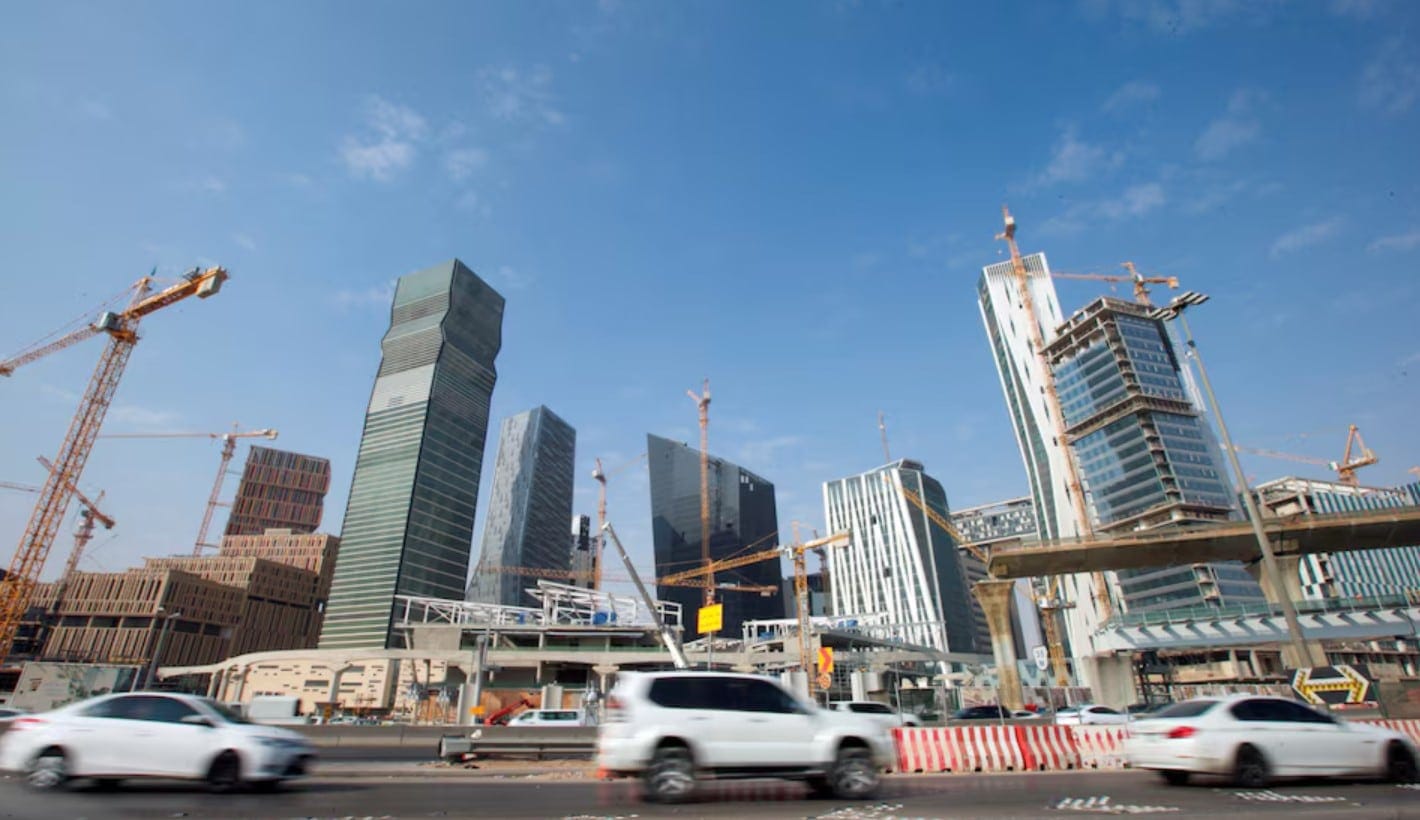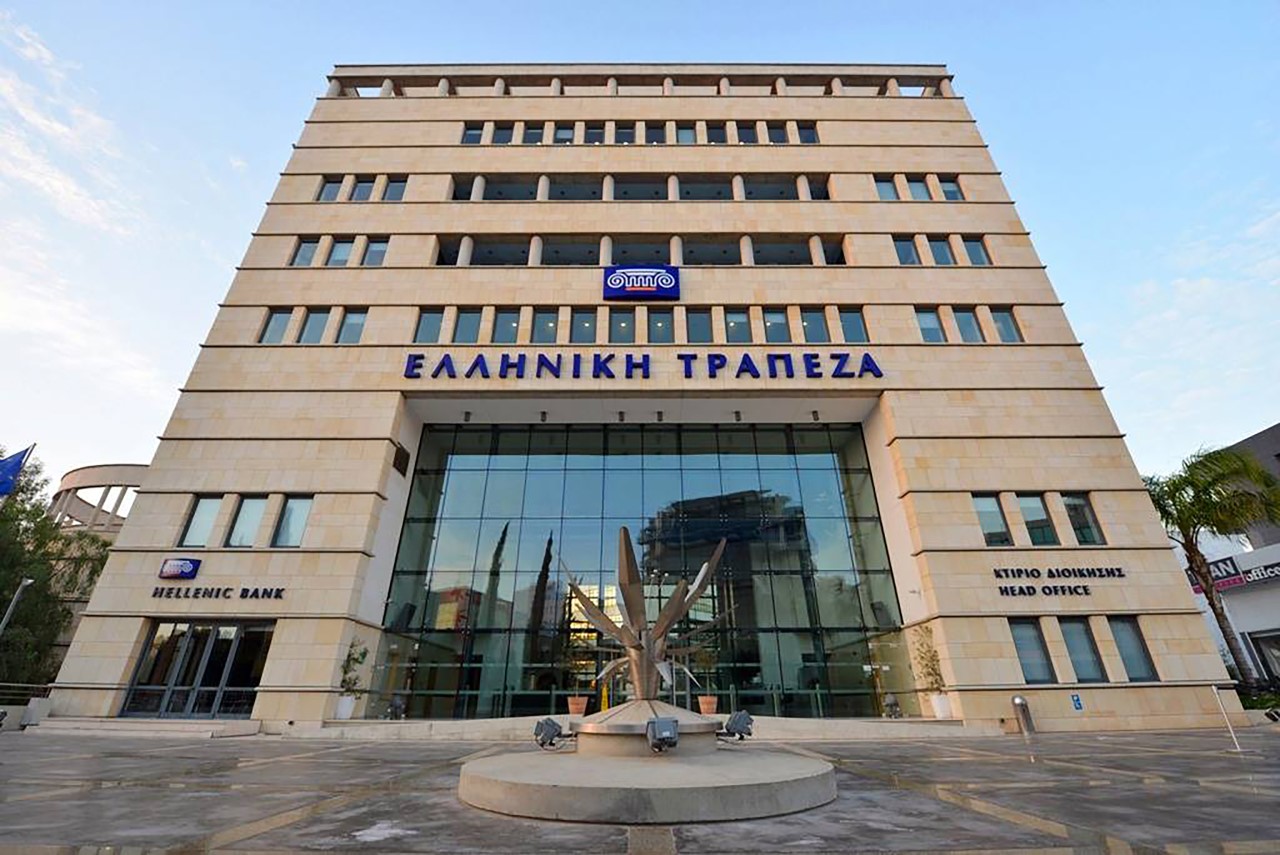Saudi Arabia’s Economic Challenge Amidst Oil Sector Downturn
In a recent report, the General Authority for Statistics in Saudi Arabia revealed a 1.8 percent decline in the nation’s real gross domestic product (GDP) year-on-year for the first quarter. This downturn is attributed to the continued slump in oil activities, which have been a significant drag on the country’s economic growth.
The figures come on the heels of a 3.7 percent contraction in the fourth quarter of 2023, with reduced oil production and lower crude prices identified as the primary culprits. As part of an OPEC agreement, Saudi Arabia has curtailed its oil output to approximately 9 million barrels per day, a significant reduction from its capacity of around 12 million barrels per day.
Amidst these challenges, Saudi Arabia is actively seeking to diversify its economy with its ambitious Vision 2030 plan. The strategy aims to bolster the private sector and reduce the kingdom’s reliance on
Finance Minister Mohammed Al Jadaan, speaking at the World Economic Forum meeting in Riyadh, acknowledged these hurdles, expressing a readiness to adapt and recalibrate the nation’s economic strategies.
With Brent crude averaging around $83.50 so far in 2024, and the International Monetary Fund (IMF) forecasting that Saudi Arabia requires an oil price of $96.2 to balance its budget, the kingdom has resorted to debt markets to cover its deficit. Already this year, it has raised $12 billion and plans further debt issuances through its sovereign wealth fund and state oil giant Aramco.
Despite the decline in oil activities, which saw a 10.6 percent drop from the previous year, there is a silver lining with non-oil GDP and government activities showing growth of 2.8 percent and 2 percent respectively. On a quarterly basis, there was a seasonally adjusted increase of 1.3 percent from the previous quarter, driven by a rebound in oil activities and modest growth in non-oil sectors.
The data also highlighted a contraction of 0.9 percent in Saudi Arabia’s economy for 2023, primarily due to the underperformance of the oil sector. This contrasts starkly with 2022’s robust growth of 8.7 percent, when Saudi Arabia led the G20 group’s economies, buoyed by high oil prices that yielded its first fiscal surplus in nearly a decade.






